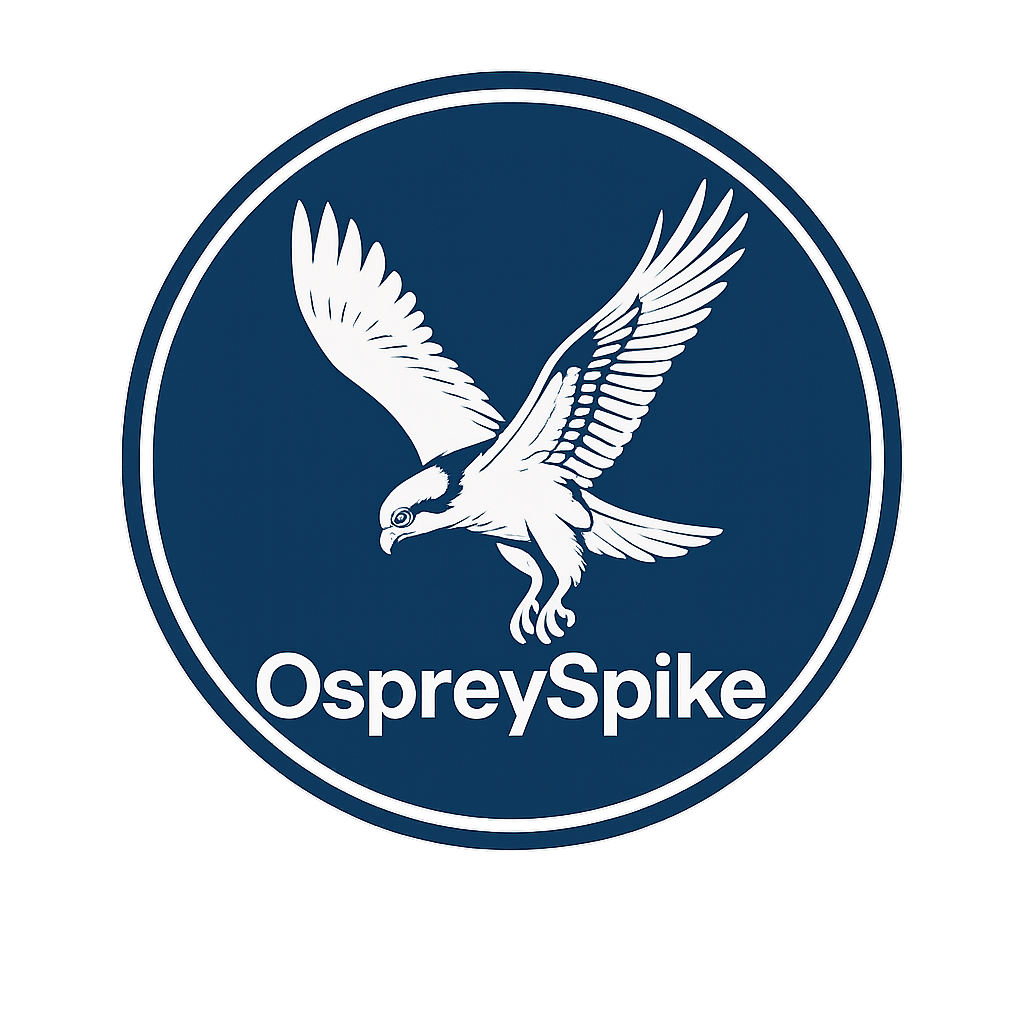Kitepoint
Retail Dependency Scoring Layer
What You Get:
See Where Your Growth Really Lives: Measure how much of your sales depend on national retail, online marketplaces, or your own direct channels.
Balance Risk and Reward: Understand when retail partnerships are driving lift and when they’re cutting into margin and control.
Spot Channel Gaps Before They Hurt: Detect overlaps, cannibalization, or blind spots between DTC, retail, and wholesale distribution.
Match Products to the Right Shelf: Identify which SKUs thrive in retail, which drive DTC loyalty, and which need a blended approach.
Turn Presence Into Power: Make retail lift fuel your brand equity, instead of letting it dilute your identity.
Build a Smarter Channel Mix: Kitepoint reveals the true dependencies shaping your growth, so you can adjust strategy before it stalls.
Kitepoint maps your channel dependencies on its own, but its guidance sharpens when connected to other instruments
Flight Path Simulation: Ironpeak Apparel
Industry: DTC Outdoor Fashion
The Challenge: Ironpeak’s wholesale partnerships with outdoor retailers drove strong seasonal sales, but e-commerce lagged. Marketing dollars were spent evenly, yet Kitepoint flagged that 80% of channel lift came from third-party stores, leaving Ironpeak vulnerable if shelf space shrank.
How Kitepoint Helped: Channel dependency mapping showed that DTC underperformance wasn’t a demand issue but a misaligned SKU strategy. With this clarity, Ironpeak shifted hero products to retail shelves and built DTC campaigns around premium, higher-margin collections.
Key Insights Delivered:
Retail channels dominated revenue but delivered lower average order value
Direct customers were most responsive to premium storytelling and exclusives
Wholesale expansion was masking DTC underinvestment
Modules Integrated:
Goshawk String to refine DTC campaign narratives
Osprey Spike to detect seasonal retail demand surges
Merlin Stack to map premium SKUs to online-only personas
Results: Within one season, Ironpeak turned channel imbalance into a balanced growth engine:
DTC average order value doubled, driven by premium online-only collections
Overall revenue grew 19% YoY, despite lower reliance on third-party retailers
Margin stability increased by 12 points, as more sales shifted into direct, higher-value channels






